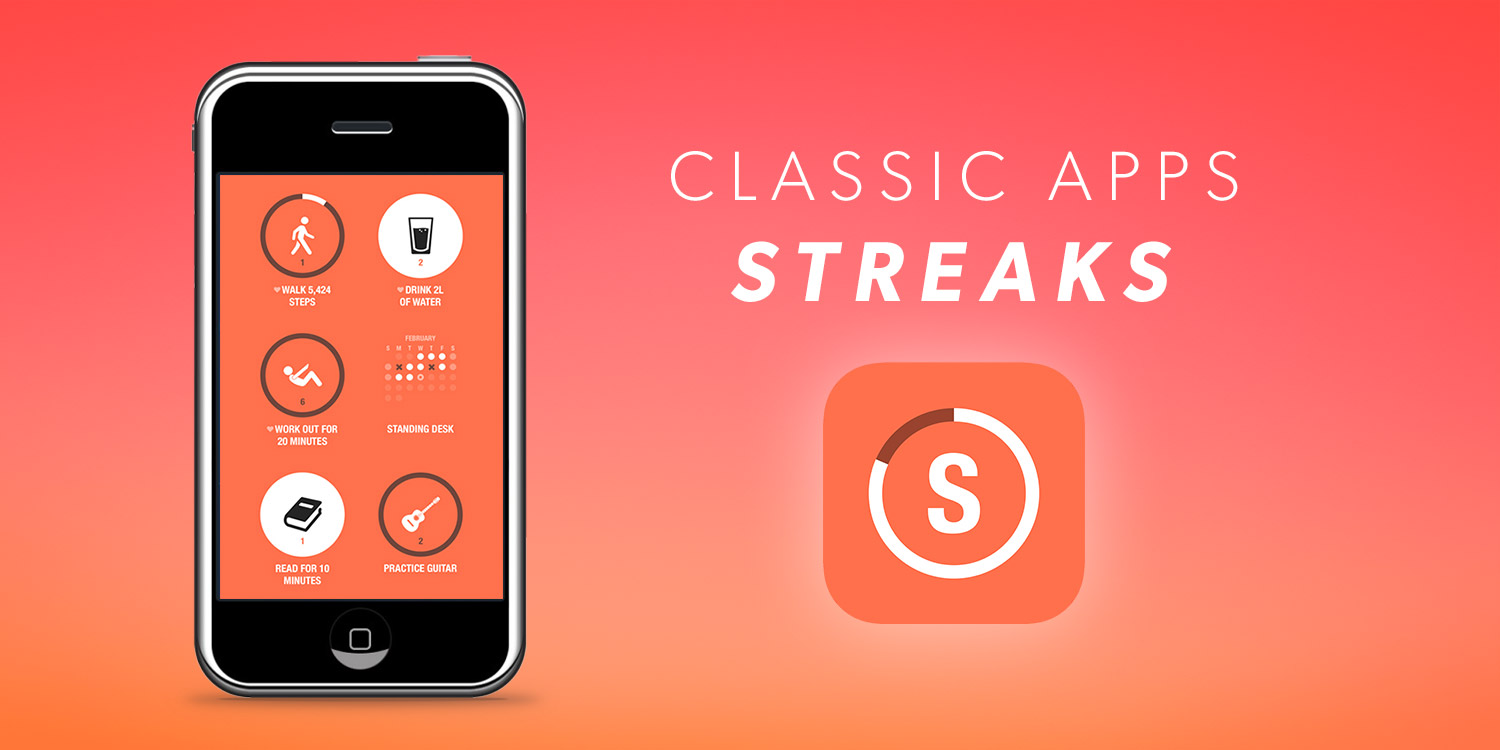An app that turned you into a creature of habits – but only the good ones
Some apps are fleeting. Others are core parts of the iPhone’s history. In this entry in our series on classic apps, we explore a habit tracker that helped you meaningfully improve your life – and chat to its creator about how it came to be.
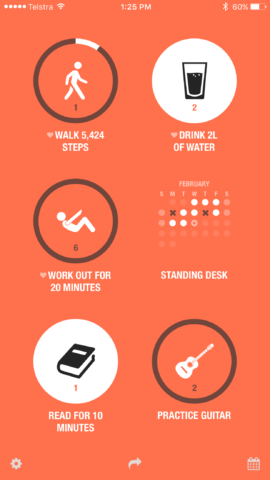
The original Streaks
What was Streaks?
Ostensibly a to-do list manager, Streaks was ultimately designed to track habits. You’d put a small number of tasks on screen and prod the massive buttons when they were complete.
Why was it a classic?
By focusing on habit forming, Streaks gave you focus. Its interface was friendly and simple. The app’s flexibility let you build streaks on your own terms. And built-in stats let you see how you were doing at any given time.
Where is it now?
Streaks remains on the App Store. It has evolved over the years, adding new features like integrated timers, an Apple Watch app, and letting you work on ridding yourself of negative habits. Fortunately, it retains the focus and friendliness that made it a classic.
Visit the Streaks website or get Streaks ($4.99/£4.49) from the App Store.
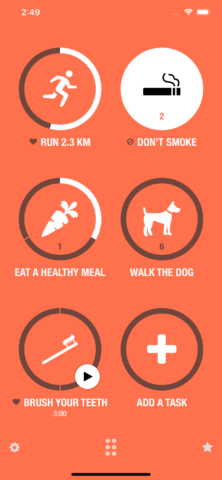
Streaks has lost none of its focus
Q&A: A brief history of Streaks
We speak to Quentin Zervaas about the origins and evolution of his superb app.
What problem were you trying to solve with Streaks?
Quentin: To scratch my own itch – which was to complete a handful of the same things every day. I was tracking these tasks using a text file, but wanted to add reminders and make everything more interesting and motivating.
Why did you initially limit people to six ongoing tasks?
Through trial and error, I found limiting the number of tasks had a massive impact on the success of completing each one. One side of forming the habit is repeating the task on an ongoing basis. But another reason Streaks works well is that if you have, say, six unrelated tasks and complete five, it becomes really motivating to complete the final one.
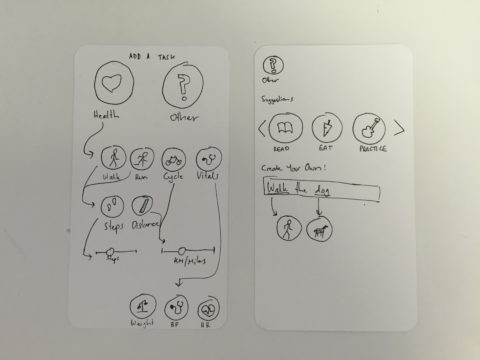
Early sketches of what became Streaks
What do you find is the best way to structure tasks?
I personally find a good strategy is to have two easy tasks, two with a medium difficulty, and two harder ones. Completing easy tasks early helps motivate you to complete the rest. And if you use additional pages – Streaks now supports four in total – they can still be split into four distinct pages of six tasks.
How did you balance retaining the app’s simplicity with adding new features, including moving beyond the strict six-item limit?
When adding new features, it’s been my key focus to keep the simplicity on the main screen, and have the app feel like it did on day one. This is a challenge, because it’s easy to bury significant features in menu hell.
As for expanding the task number, this never comes lightly – and always fits into the app’s larger story. For example, Streaks expanded from 12 to 24 tasks when ‘shared task’ functionality arrived.
Because we wanted a shared task to appear in the same way as regular tasks, the limit had to expand – otherwise, it could have prevented users from having their own tasks.
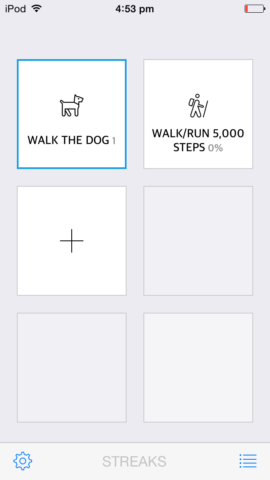
An early development version of Streaks
Despite the very defined nature of the main screen, Streaks has always felt flexible regarding task creation. How important is that angle to you?
Flexibility is key, whether in terms of the interface or the tasks themselves. Streaks is all about helping you achieve your goals. If you want to cheat – marking a task complete that you didn’t do – you’re only cheating yourself. But if that keeps you motivated and using Streaks, perhaps there’s benefit in that anyway.
Some apps let you buy an in-app purchase to restore a streak. That always felt strange to me, so I opted to allow the user to have full control.
What are your favorite recent additions to Streaks?
We recently released Streaks 8. We added features for iOS 16, such as Lock Screen widgets, Live Activities and Dynamic Island.
But my favorite new feature is the ‘Up Next’ screen. This is a toggle on the main screen that lets you see the six tasks that are due next, regardless of which page they appear on.
